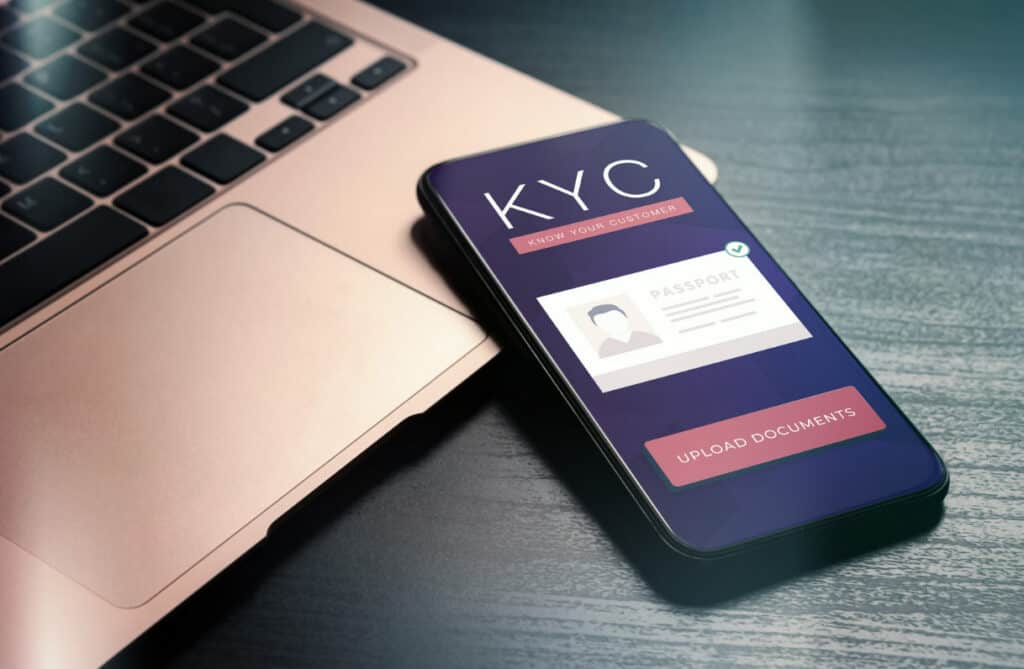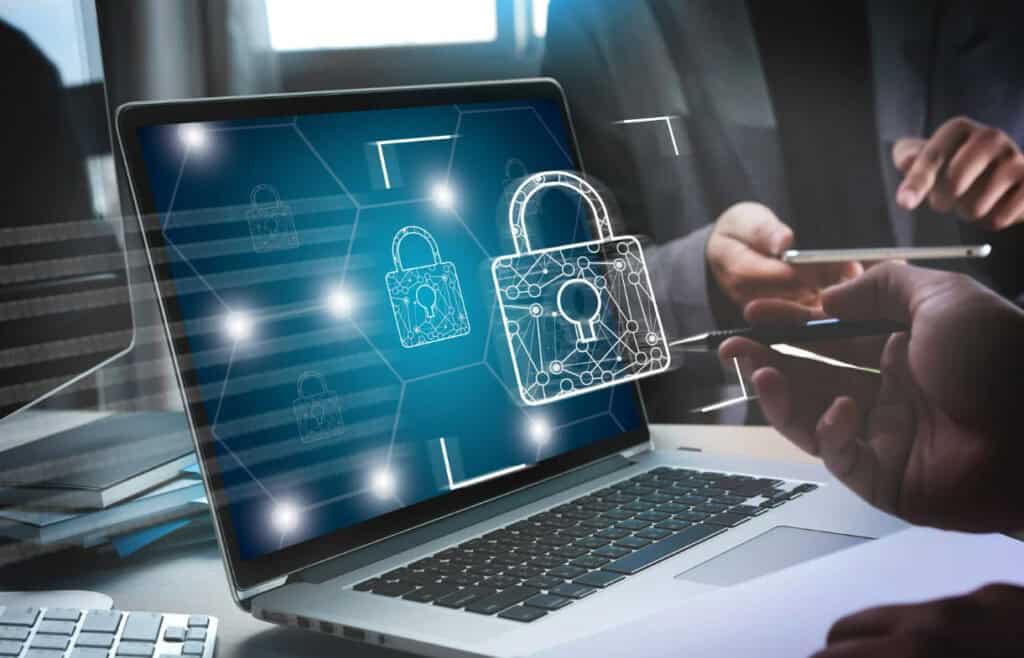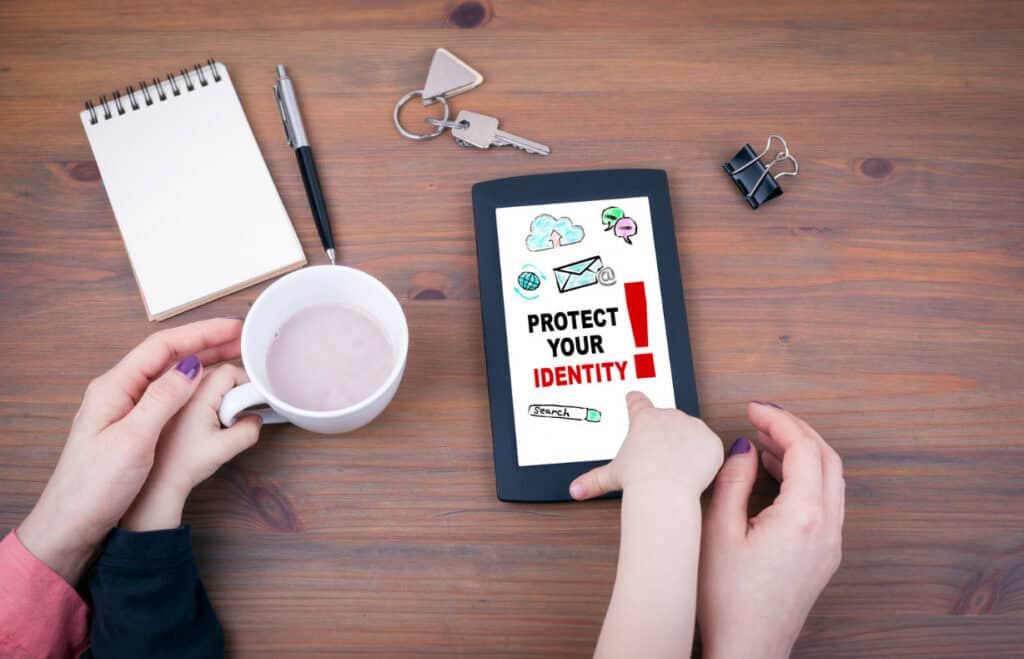Key Takeaways
- Understand the importance of safeguarding your digital identity.
- Learn effective strategies to protect your personal information online.
- Discover resources and best practices for maintaining online safety.
Table of Contents
Introduction to Digital Identity Protection
In a world increasingly driven by technology, protecting your digital identity has become more critical than ever. Knowing how to protect your personal information online is crucial for preserving security and privacy in the face of growing cyber dangers.
Companies like InComm Payment play a crucial role by providing tools and services that help manage and mitigate these risks effectively. Your digital identity encompasses all your online interactions, from social media profiles to financial data.
As digital landscapes evolve and expand, understanding the nuances of digital identity protection is vital to securing yourself against identity theft and unauthorized access. Each piece of personal information that you share online increases your exposure to potential threats and malicious activities.

Why Digital Identity Protection Matters
Your digital identity encompasses more than simply your usernames and passwords; it also consists of your online activity, behavioral patterns, and personal information. This sensitive information is valuable to cybercriminals, who often use it for illicit purposes, including fraud and identity theft.
Consequently, strengthening your security measures to protect this data is paramount for ensuring your overall online safety and privacy. One major aspect is financial security. If your banking information falls into the wrong hands, it could lead to unauthorized transactions and significant financial loss.
Similarly, your social media and email accounts can be exploited to collect additional sensitive information or to spread malicious content to your friends and family. Hence, protecting your digital identity effectively mitigates these risks and preserves your digital reputation.

Effective Strategies for Safeguarding Your Digital Identity
Use Strong, Unique Passwords
For every account you have, create a complicated password that you change on a regular basis. A strong password should have a mix of special characters, digits, and capital and lowercase letters.
To safely keep and manage your passwords and lower the chance that they will be lost or stolen, think about utilizing a password manager.
Enable Two-Factor Authentication
You can increase account security by asking for an additional form of verification. Even in the event that your password is compromised, the risk of unwanted access can be greatly decreased by using two-factor authentication (2FA).
Many major online services and platforms offer 2FA options, which typically involve receiving a code on your mobile device to verify your identity.
Be Wary of Phishing Scams
Phishing scams pose as trustworthy organizations in an effort to fool you into divulging personal information. Prior to exchanging personal information or clicking on links, always double-check the source.
Look for red flags like generic greetings, spelling errors, and unexpected requests for sensitive information. To protect yourself from falling for these con games, familiarize yourself with typical phishing tactics and exercise caution.
Update Software Regularly
Keep your devices and applications up-to-date to protect against the latest threats. Updates for software frequently contain fixes for security flaws that hackers might use. By enabling automatic updates, you may lower the risk of cyberattacks by ensuring that your systems are always shielded from the most recent security flaws.
Monitor Your Accounts
Regularly check your accounts for unusual activity and report any suspicious behavior immediately. Setting up account alerts can help you quickly detect and react to potential breaches. By staying proactive and monitoring your accounts, you can respond promptly to any unauthorized access and minimize the potential damage.
Role of Privacy Settings in Digital Identity Protection
Modifying the privacy settings on your social media, internet, and other accounts will make you far less susceptible to attacks. Review and update these settings regularly to limit the information visible to outsiders.
Ensuring that only trusted contacts can see your personal information is an essential step in securing your digital footprint. You have complete control over who may view your posts, get in touch with you, and access your personal information on many social networking networks thanks to their extensive privacy settings.
Taking the time to familiarize yourself with these settings and customizing them to enhance your privacy can help protect you from unnecessary exposure and potential exploitation.

Protecting Your Digital Identity By Utilizing Trusted Security Tools
Invest in reliable security software and tools to help detect and protect against various cyber threats. Your digital identity can be well protected with the use of tools like firewalls, VPNs, and antivirus software.
According to Consumer Reports, using trusted security tools can make a substantial difference in safeguarding your personal data. Firewalls can prevent unwanted access to your networks, while antivirus software can identify and eliminate dangerous apps from your devices.
By encrypting your internet connection, VPNs (Virtual Private Networks) can increase the difficulty of data interception by hackers. You may improve your overall security posture and strengthen the protection of your digital identity by making use of these technologies.
Stay Informed About Cybersecurity Trends
Staying abreast of the most recent developments in cybersecurity might help you avert any problems. Subscribe to reputable online security blogs and follow security experts to stay informed about new vulnerabilities and protection strategies. CNET provides excellent tips on maintaining your online privacy and security.
You can promptly modify your defense tactics to counter new attacks if you keep up with the most recent advancements in the cybersecurity field. This proactive approach can help you better safeguard your digital identity and ensure that you are always prepared to defend against new and evolving cyber risks.



